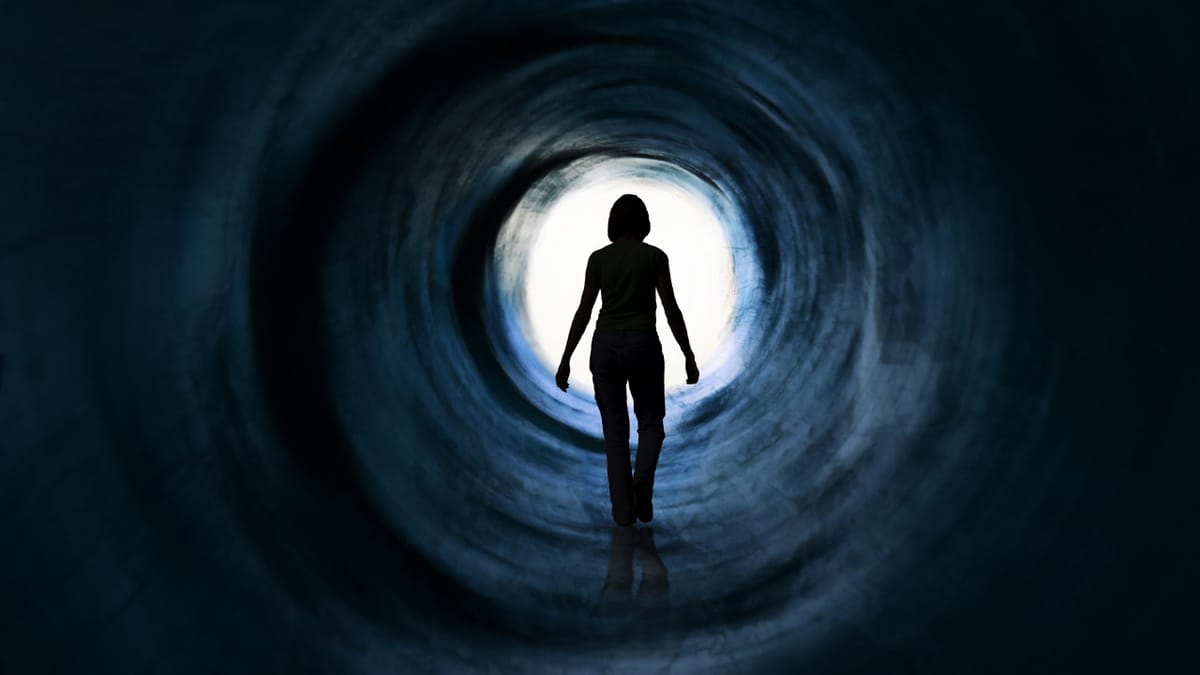A Second Look: What Happens during NDEs

Today's guest blogger, Omar Fakhoury, a reader of this blog, brings attention to a point that deserved more emphasis from a recent post: Glimpses of the Beyond: Exploring Near-Death Experiences
When we look at NDEs and whether they’re “real” or not, the best thing we can ask for is objective evidence, and luckily Dr. Greyson gives us something very substantial. As it was mentioned before, his work heavily documents cases where people have not just come close to death, but have actually clinically died on the operating table, then returned to life and told of how they saw amazing things: dead relatives that they didn’t even know were dead; they’ve recited word-for-word conversations doctors and staff had in the operating room while they were dead on the operating table; things that would seem impossible.
But, for those who are more skeptical, just these stories may not be enough. They want something more substantial to prove these were not just hallucinations. Well, for the true skeptic, hallucinations happen in the brain. Not the ethereal “mind”, but within the actual physical organ we call the brain. More specifically, in the patterns of neuronal firing in the brain. The problem with a number of NDEs is, they occur when the patient’s heart is stopped and their brain is not functioning.
He knows this because these people were in a hospital, connected to EKG and EEG machines creating continuous recordings of their electrical heart and brain activity. So, Dr. Greyson’s question to the diehard skeptic is: If a person’s heart is stopped, meaning there is no blood or oxygen traveling to the brain. And if their brain shows no electrical activity, then how could those neurons possibly be functioning and interacting with each other to create these supposed hallucinations?
For brain cells to function, they need oxygen just like any other cells in the body, but in these cases, they have none. And even if we grant that they have some supply of energy independent of oxygen that allows them to continue living for a period of time after the heart stops (something that has recently been demonstrated to be true), they show no interaction with each other, no brain activity.
So if they’re alive, the neurons are in total isolation from each other and are not showing any signs of the interaction required to produce hallucinations. If I have a car, but it has no gas (oxygen), and the engine is not running (no activity on the EEG), how can you find me 500 miles from the last place you saw me? Certainly not with that nonfunctioning car. I had to have another means to get there.
This is the question that the most rigorously documented NDEs force us to ask. If the clinically dead person has no heart or brain activity, their experiences had to be happening somewhere other than in their physical brains.
About the Author: Omar Fakhoury has been a credentialed and practicing EEG technologist for over thirty years, with extensive experience studying electrical brain activity in both hospital and clinical settings.
Notes:
- Dr. Bruce Greyson for Big Think
- Consciousness Without Brain Activity: Near Death Experiences - Dr. Bruce Greyson


